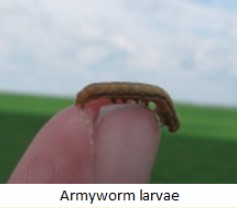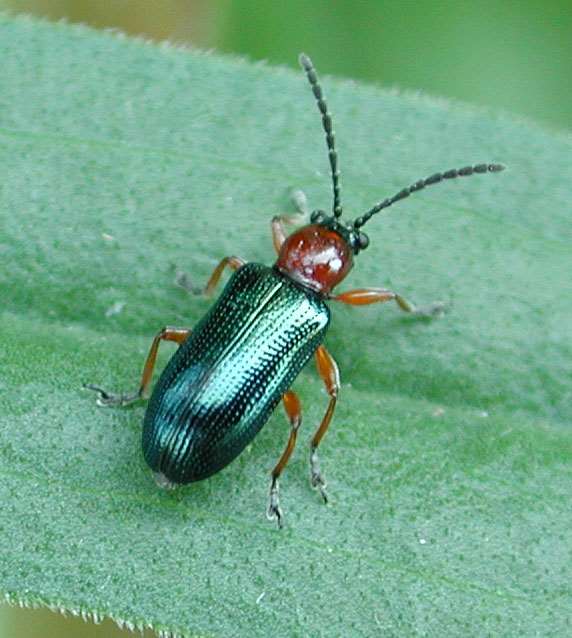Producers will begin side-dressing early planted corn soon soon
By Diego Flammini
Assistant Editor, North American Content
Farms.com
Between 90 and 95 per cent of Ontario’s intended corn acres are planted, according to OMAFRA’s June 1 Field Crop Report.
In total, farmers are expecting to plant about 2.2 million acres of corn, according to an April 2017 report from Statistics Canada.
Many fields are between the one and three-leaf stage, with some early planted crops set to receive side-dressed nitrogen as weather permits.
However, two regions are lagging in terms of corn planting.
Producers in the Niagara region have planted only about 25 to 30 per cent of their corn, and farmers in Haldimand reported up to 60 per cent planted.
Producers should continue scouting for black cutworm damage, according to OMAFRA.
“The larvae are more advanced than the crop and can cut plants off at the soil surface,” the report says. “Do not assume that insecticide seed treatment is providing protection. With the crop slow to emerge, the insecticide may no longer be at a dose effective enough to control the pest if it was planted three or more weeks ago.”
Corn planted into rye or other grass crops are at an increased risk for armyworm, OMAFRA says.

Armyworm
Photo: OMAFRA
Soybeans
Soybean planting across Ontario is about 40 per cent completed, according to OMAFRA’s figures.
But, as with corn, producers in Niagara and Haldimand have struggled to get their soybean crop in the ground.
Niagara sits at less than 25 per cent planted and Haldimand producers report 30 per cent of their soybeans planted.
“Farmers should continue with plans to plant soybean until the middle of June,” OMAFRA says. “Early June planted beans can yield 90 per cent of those planted in May.”
Cereals
Winter wheat growth is normal at this point in the season, according to the Field Crop Team’s report.
But fields that have been sitting in wet conditions are susceptible to disease.
“Leaching below the root zone can occur, especially on light soils, with significant precipitation,” the report says.
Fields are also at risk of fusarium head blight. And some farmers in Waterloo, Bruce and Simcoe counties reported insecticide applications for cereal leaf beetle.

Cereal leaf beetle
Photo: OMAFRA
Canola
Producers have planted about 80 per cent of Ontario’s canola acres, according to OMAFRA.
Producers in eastern parts of the province have been managing flea beetle, while Swede midge has been found in Temiskaming and Shelburne.
“Farmers should be sure to put swede midge traps out before or right after canola has emerged, and monitored every two to three days,” OMAFRA says.